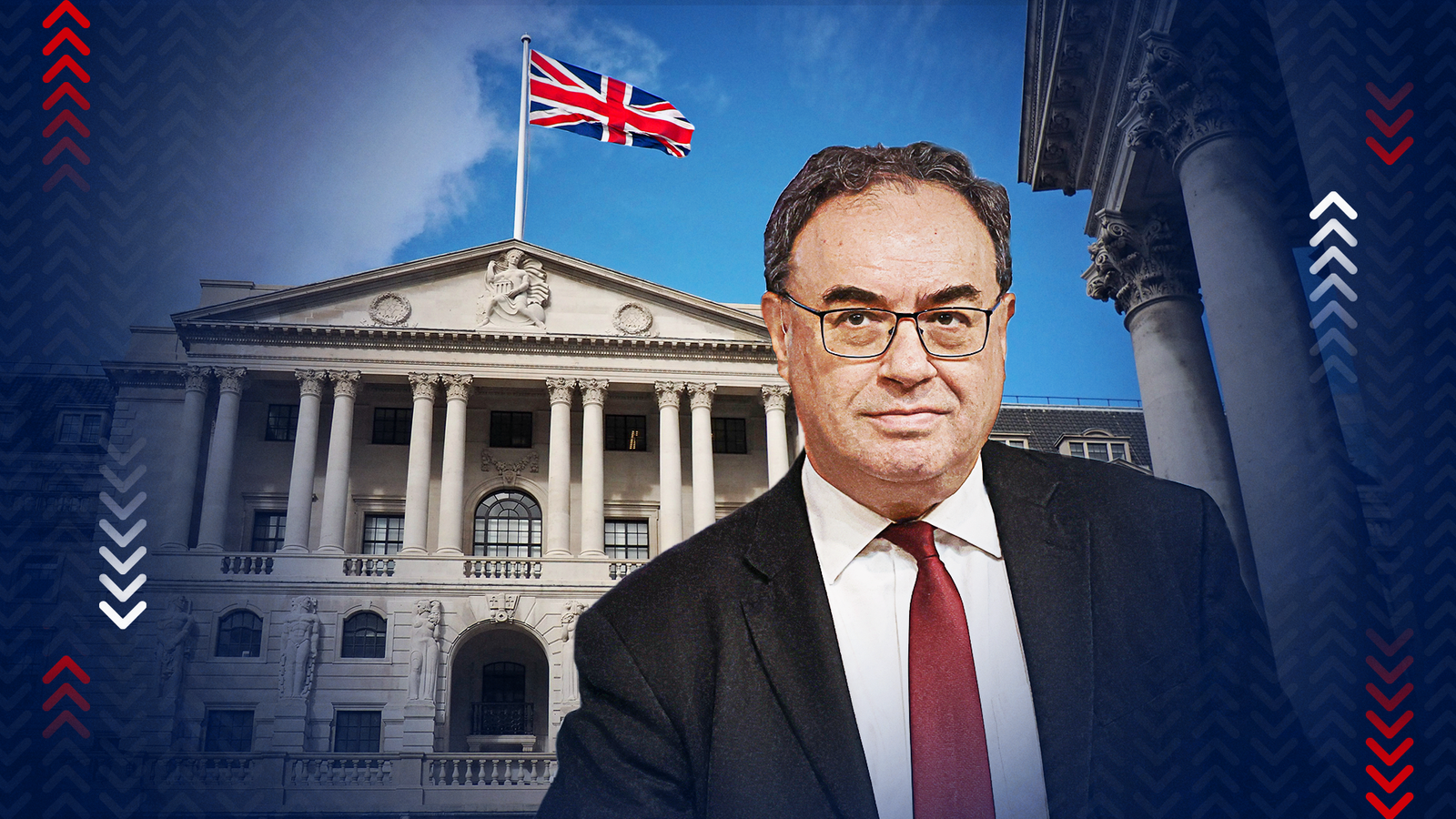The Bank of England’s decision to hold interest rates at a record low of 0.1% may come as a surprise to many, as it goes against the trend of other central banks around the world that have been raising rates in response to rising inflation.
The decision to keep rates unchanged was announced following the Bank’s latest monetary policy meeting, where the Monetary Policy Committee voted unanimously to maintain the current rate. This decision is seen as an outlier compared to other central banks, such as the Federal Reserve in the United States, which has been steadily raising rates in response to a strong economic recovery and rising inflation.
However, the Bank of England’s decision to hold rates may be justified by their forecast of a temporary rise in inflation to 2.5% in the coming months. This increase in inflation is expected to be driven by rising energy prices and supply chain disruptions, which have been exacerbated by the ongoing global pandemic.
Despite the temporary rise in inflation, the Bank of England remains cautiously optimistic about the UK economy’s recovery from the pandemic. In their latest economic projections, the Bank revised their growth forecast for 2022 upwards to 6.5%, citing strong consumer spending and a rebound in business investment.
The decision to hold interest rates may also be influenced by concerns about the impact of a rate hike on households and businesses that are still recovering from the economic fallout of the pandemic. A rate hike could potentially lead to higher borrowing costs, which could put pressure on already stretched finances.
Overall, the Bank of England’s decision to hold interest rates may seem like an outlier compared to other central banks, but it reflects their cautious approach to managing the economic recovery from the pandemic. As inflation rises in the coming months, the Bank will continue to monitor the situation closely and adjust their monetary policy accordingly to ensure a stable and sustainable recovery.
